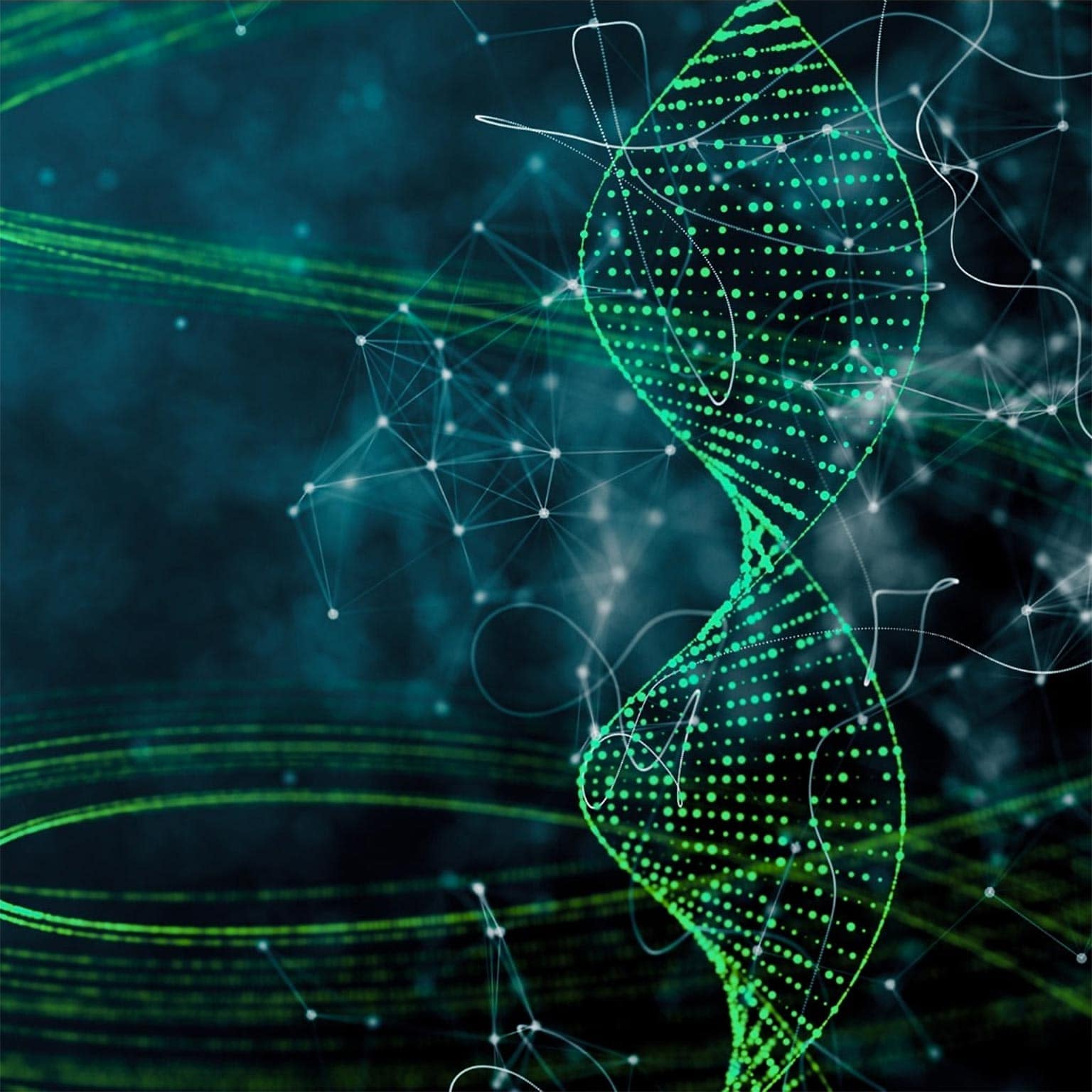
Resource Type: Blog
Blog
Single-Cell Spatial Surpasses Single-Cell Sequencing
Modern biology research is deeply interested in discovering the fundamental mechanics that operate within an organism of interest. Since the fundamental unit of all living organisms is the cell, it…
Blog
Morphology Markers 101: Enabling Spatial Multiomics
Remarkable advances in spatial multiomics have been made in the last several years, with companies like NanoString introducing automated instruments capable of imaging, quantifying, and localizing RNA and protein expression…
Blog
What is Comparative Oncology and Why Has it Gone to the Dogs?
Deciding which model system to use to answer biological questions is a critical choice in research. Many human diseases occur naturally or can be reproduced in animals. Depending on the…
Blog
GeoMx DSP: What’s in an ROI?
In the field of medical imaging, the region of interest (commonly abbreviated as ROI) is an area within an image that is selected for a particular purpose, including defining boundaries…
Blog
Common questions in molecular biology: What is a cell counter called?
There are several types of cell counters that go by different names, usually named after their uses or type of cell counting method. Hemocytometers The original cell counters are known…
Blog
Common questions in molecular biology: What are the advantages of DNA barcoding?
DNA barcoding is a method of identification based on DNA sequences made feasible by available genomic sequence data. Initially developed as a tool for rapid species identification (Hebert), DNA barcodes consist…
Blog
Common questions in molecular biology: What is an example of an oligonucleotide?
Oligonucleotides, short polymers of the nucleotide building blocks of nucleic acids such as DNA or RNA, come in many forms. In nature, oligonucleotides exist mainly as small non-coding RNAs such as…
Blog
Common questions in molecular biology: Are DNA and RNA oligonucleotides?
The short answer to whether DNA and RNA are oligonucleotides is yes. Oligonucleotides are short (oligo-) polymers of nucleotides, the basic subunit of nucleic acids such as DNA and RNA. Whether…
Blog
Common questions in molecular biology: What is DNA barcoding and why is it important?
DNA barcoding is used in two similar yet divergent ways in biology. While important to different areas of biology, both are modeled on the concept of the Universal Product Codes…
Blog
Common questions in molecular biology: How many types of cell counters are there?
Although it appears to be a simple question, there are several answers to “how many types of cell counters are there?” depending on how the word “type” is defined. Defining…
Blog
Common questions in molecular biology: What are the advantages of cell counters?
Cells, the basic unit of life, are microscopic, making their identification a challenge. Cell biologists in particular often require an accurate assessment of the specific cell types present in an experiment.…
Blog
Common questions in molecular biology: How is DNA barcoding used in research?
The term DNA barcoding is used in two ways in research. The original use was based on the discovery of a short, standardized genetic region found in fish to have a…







